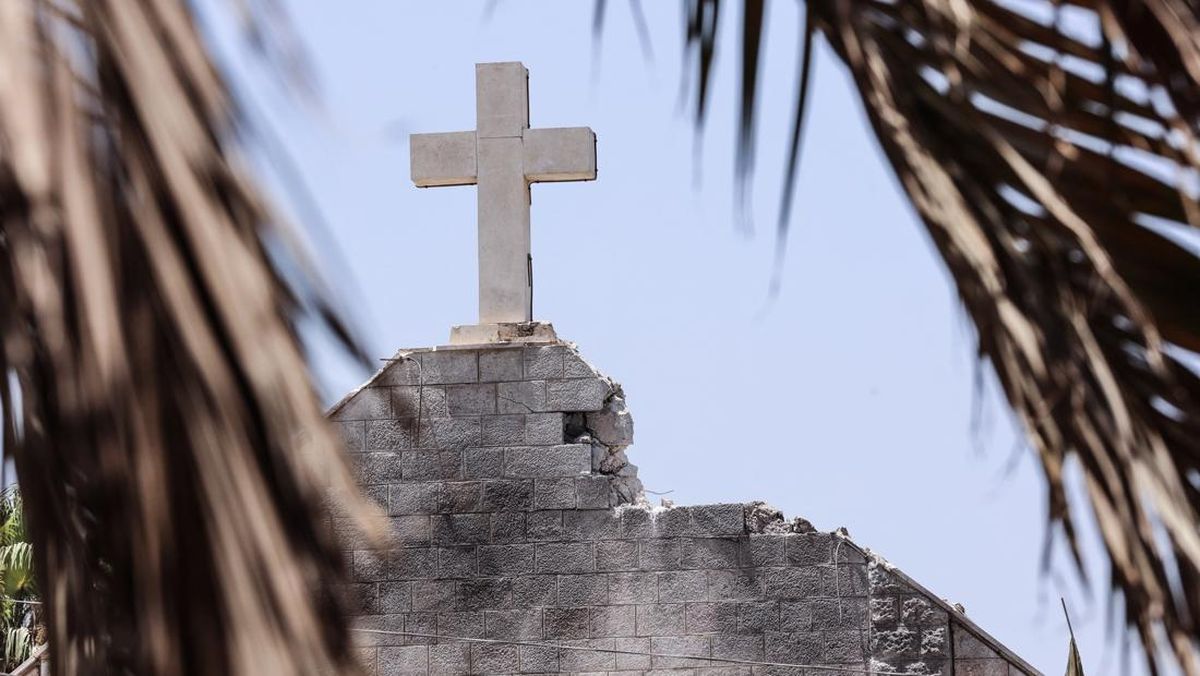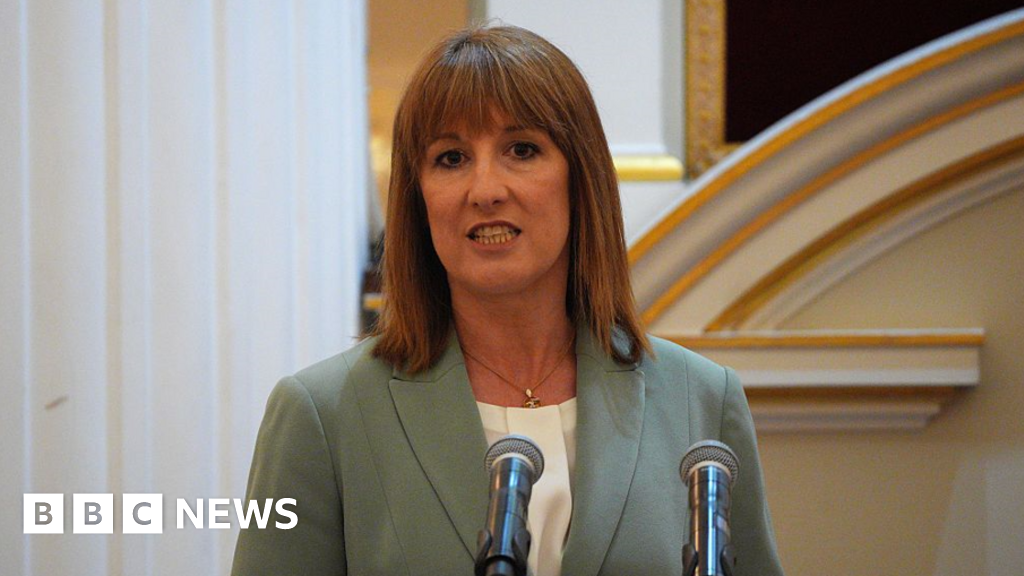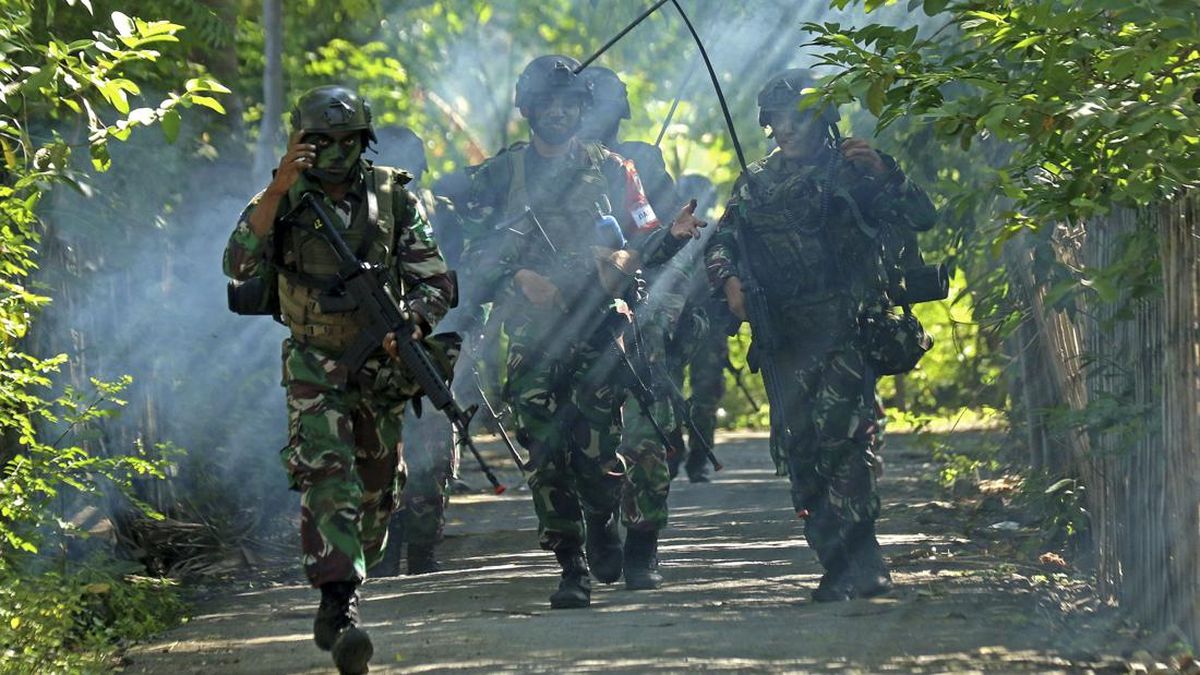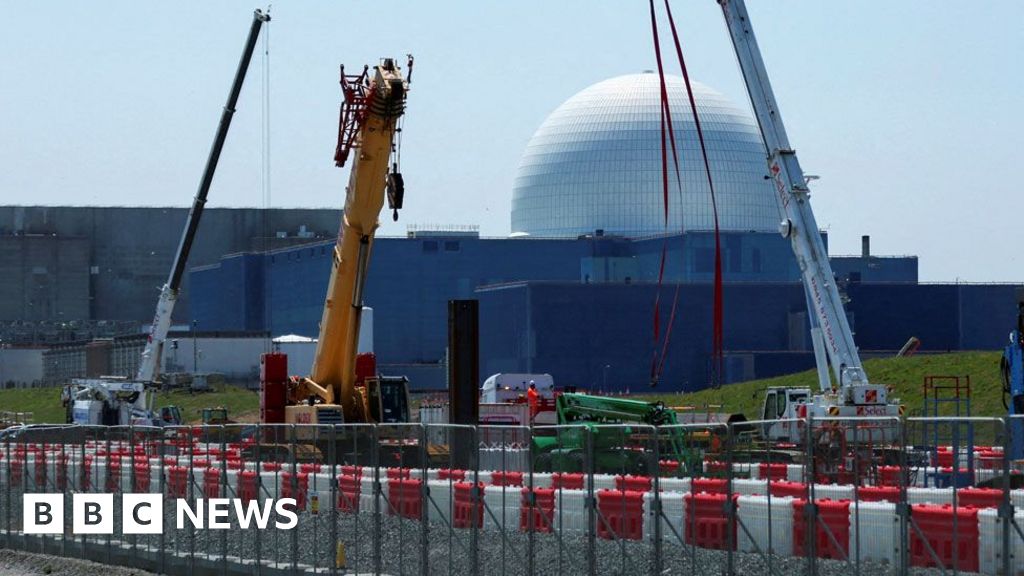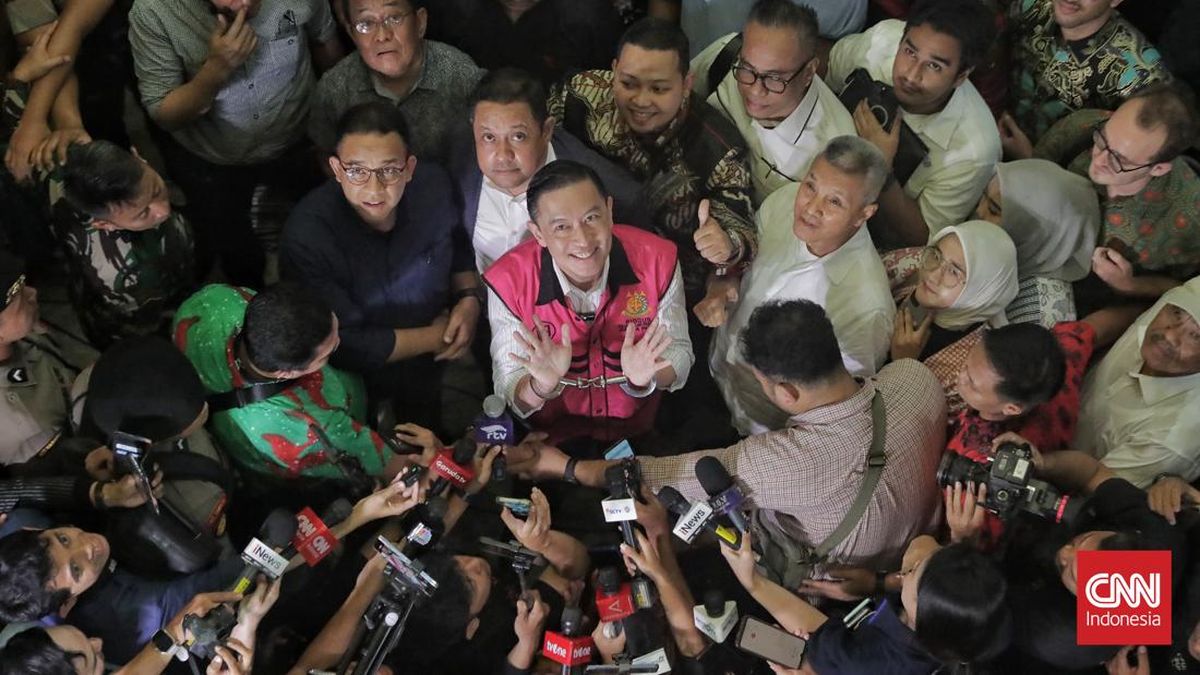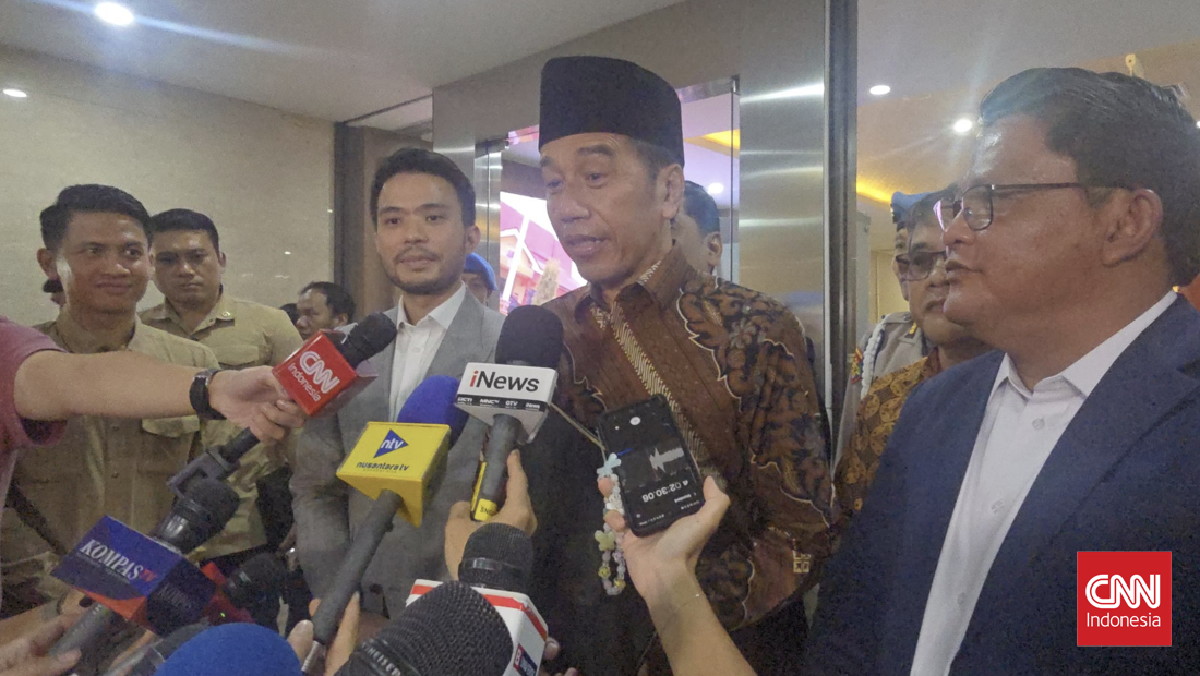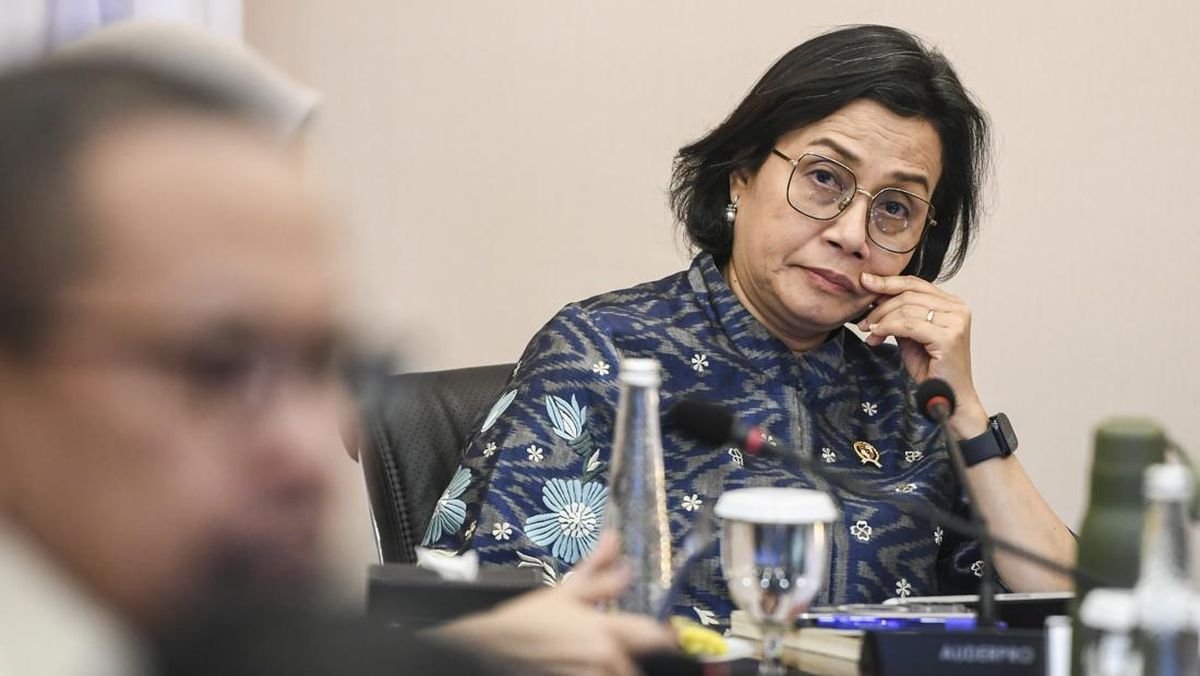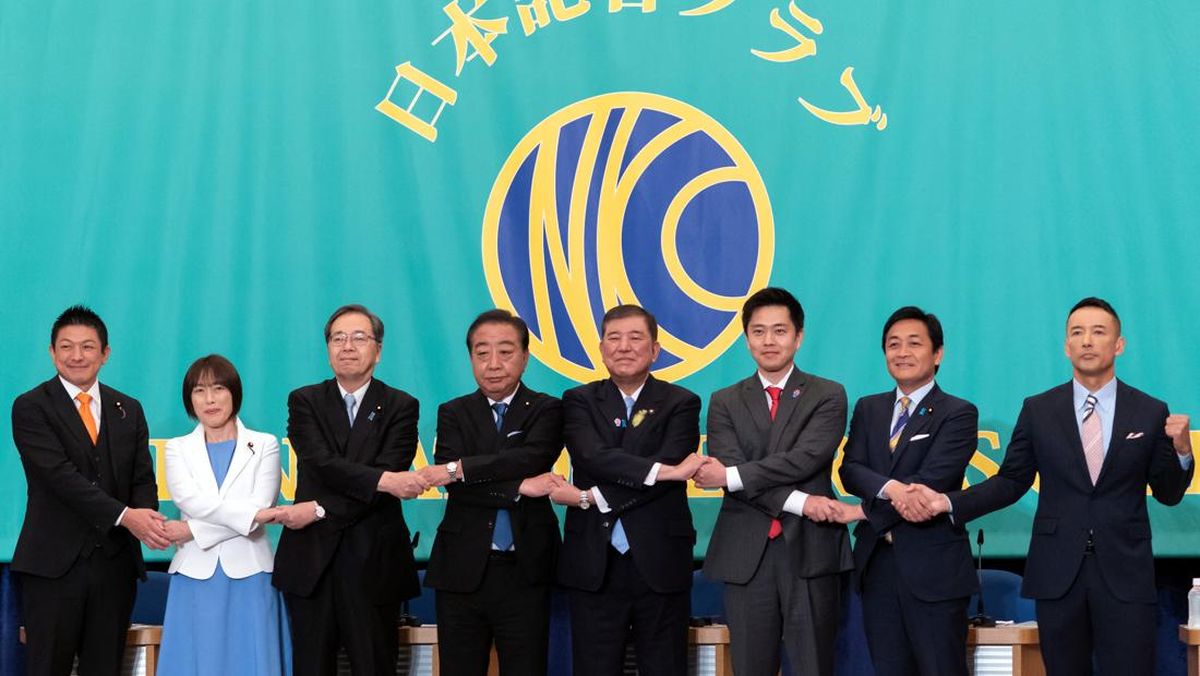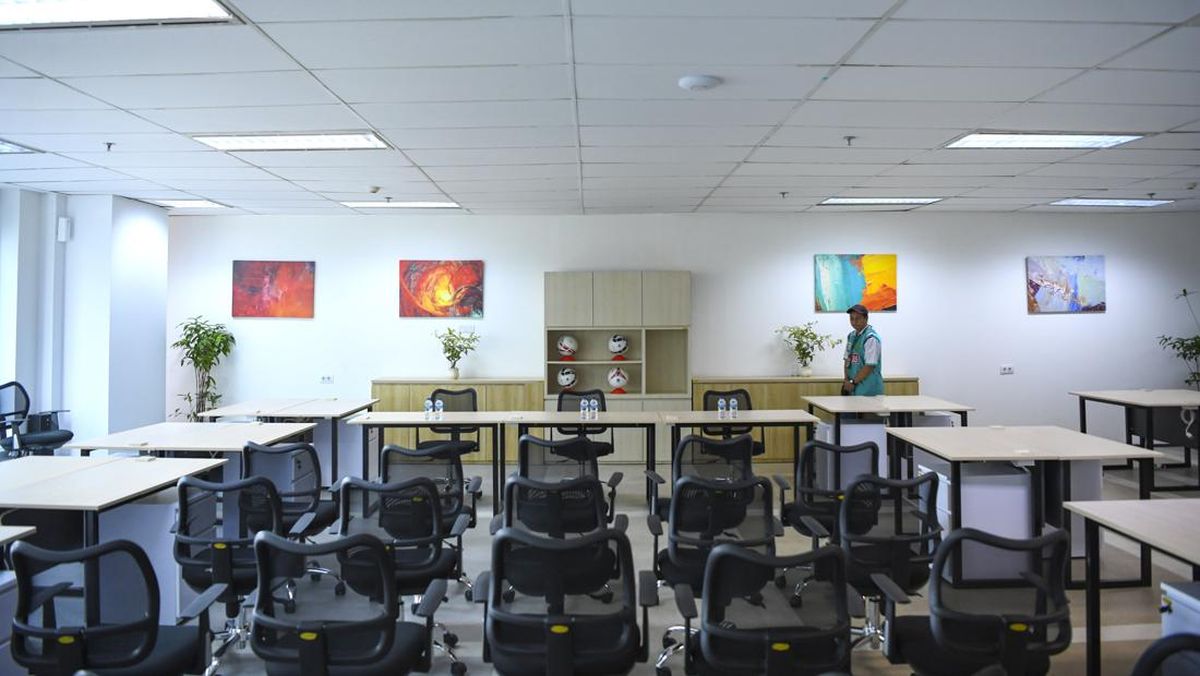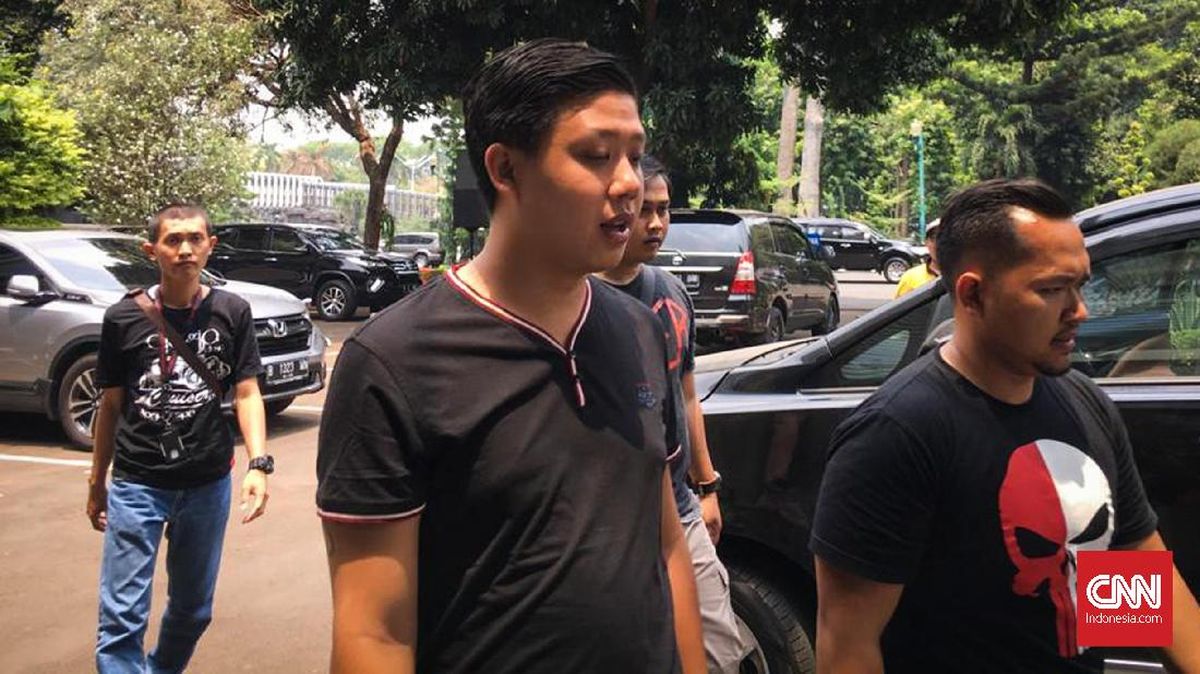When her family fled persecution in Afghanistan, Sidiqa Faqihi thought she was headed to an island paradise in Indonesia. But after being stuck in limbo as a refugee there for more than a decade, it was her 2022 arrival in Australia that she now sees as her rebirth.
“For the first time, I could influence my own future,” Faqihi said. “I could walk on the land that I belong to, the land that accepted me ... a land where I was no longer invisible, a land where I was no longer considered a shadow.”

Sidiqa Faqihi came to Australia as a refugee from Afghanistan after almost a decade in limbo in Indonesia.Credit: Wayne Taylor
Australia is on the cusp of accepting its one millionth refugee since 1947, creating generations who have shaped the economic and cultural landscape, but also been subject to intense political debate over national identity and security concerns.
After World War II, the Chifley Labor government expanded migrant intake to include non-British refugees, especially those from continental Europe. This was the first significant shift from the “White Australia” policy that had limited foreign migration since federation and was fully dismantled by the 1970s.
The Department of Home Affairs said in June that Australia had accepted more than 985,000 refugees since World War II, and the milestone of 1 million is expected to be reached in November.
One major group came from Vietnam after the then-Coalition government created an official intake program after the end of the Vietnam War in 1975.

Prime Minister Ben Chifley greeted arrivals outside Old Parliament House in Canberra in 1956.Credit: National Archives of Australia
Thu-Trang Tran’s family tried to flee the communist threat in Vietnam 13 times before they made it onto a boat to Malaysia in 1987.
“We were all crammed on a boat, 130 of us on a tiny, tiny, tiny, little boat, that was at sea for five days,” Tran said.
Tran, who was eight at the time, counts herself as lucky that they did not encounter pirates roaming the oceans they had heard stories about.
Her father had worked in a warehouse affiliated with the American army during the war, and feared he had a target on his back. On their 14th attempt, the family made it to a Malaysian refugee camp. Following months of processing, Tran remembers landing in Sydney on a rainy afternoon the following year.
“It was just joyous,” she said. “To this day, I still love the rain, and when I’m in long car rides and it’s raining, yeah, those moments come back.”

Thu-Trang Tran came to Australia as a refugee from Vietnam.Credit: Chris Hopkins
Tran is a board director for six organisations ranging from liquor regulation to family violence and financial counselling for women, and said she was motivated to create opportunities for those who otherwise wouldn’t have them.
“That’s what I’ve been gifted by just being in Australia,” Tran, who sits on the Victorian Liquor Commission, said. “We get to live without fear, and we get to live being able to make the most of what the community provides us.”
John Howard’s Coalition government began processing refugees offshore in 2001 after the Tampa, a ship carrying 433 mostly Hazara asylum-seekers, grabbed national attention as it tried to enter Australian waters.

The Howard government deployed the SAS to stop Norwegian ship Tampa bringing asylum seekers onshore to Australia in 2001.Credit: AP
The Rudd Labor government dismantled the policy in 2008, with then-minister for immigration and citizenship Chris Evans labelling it a “cynical, costly and ultimately unsuccessful exercise”.
Four years later, then-prime minister Julia Gillard, under political pressure from opposition leader Tony Abbott, reintroduced offshore processing.
The policy was strengthened under the Abbott government’s “Operation Sovereign Borders” program, which continues to this day with bipartisan support. There were 93 people on Nauru at the end of last year, according to the Refugee Council of Australia.
Faqihi, an ambassador for the council, said her family had been threatened with violence and barred from sending their children to school in Afghanistan as members of the Hazara ethnic minority. She believed Indonesia, where the family moved in 2012, would provide safety and educational opportunities for six months before a country took them in permanently.
But Faqihi and her family were stuck for a decade in processing limbo, unable to get an education or work or access public services because of her refugee status.
“Those 10 years were the darkest moments of my life,” she said. “We lived through a decade of uncertainty … without any say in the most important decisions being made about our lives.”
Eventually arriving in Australia in 2022 was like being reborn, she said.
The Department of Home Affairs said the refugee program for the 2024-25 financial year had 20,000 places.
Loading
The UK, which has a much larger population than Australia and is also going through a major immigration debate, accepted 93,342 refugees and asylum seekers in the 2023-24 financial year. The US resettled 100,034 refugees in the same year, according to the Migration Policy Institute.
The United Nations has found Australia has violated the human rights of refugees detained in offshore processing, and the policy has been widely criticised by advocates as inhumane.
Faqihi continues to advocate for the almost 12,000 displaced people in limbo in Indonesia.
“There is a lot Australia can do as a leader in the region,” she said. “Australia can respond by expanding resettlement visas, especially for those who are stuck in the region and our neighbourhood regions.”
Tran said: “I just hope that Australians continue to take refugees, not because we might add value or anything, but ... because it’s the right thing to do, and the best thing you can offer someone is a chance to be Australian.”
Cut through the noise of federal politics with news, views and expert analysis. Subscribers can sign up to our weekly Inside Politics newsletter.
Most Viewed in Politics
Loading




